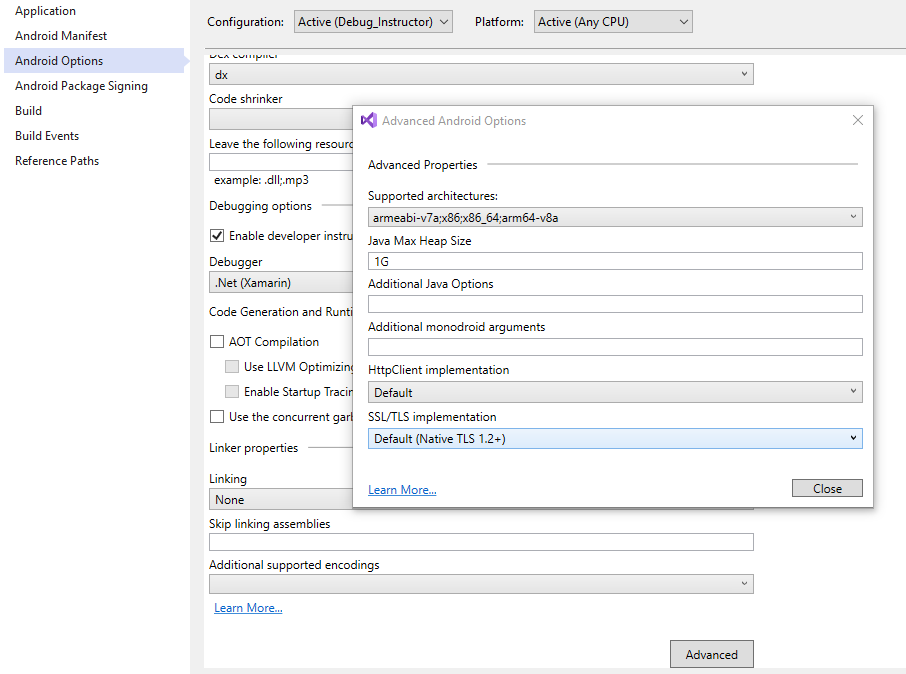I had reports from users with Android 8 that my app (that uses back-end feed) does not show content. After investigation I found following Exception happening on Android 8:
08-29 12:03:11.246 11285-11285/ E/: [12:03:11.245, main]: Exception: IOException java.io.IOException: Cleartext HTTP traffic to * not permitted
at com.android.okhttp.HttpHandler$CleartextURLFilter.checkURLPermitted(HttpHandler.java:115)
at com.android.okhttp.internal.huc.HttpURLConnectionImpl.execute(HttpURLConnectionImpl.java:458)
at com.android.okhttp.internal.huc.HttpURLConnectionImpl.connect(HttpURLConnectionImpl.java:127)
at com.deiw.android.generic.tasks.AbstractHttpAsyncTask.doConnection(AbstractHttpAsyncTask.java:207)
at com.deiw.android.generic.tasks.AbstractHttpAsyncTask.extendedDoInBackground(AbstractHttpAsyncTask.java:102)
at com.deiw.android.generic.tasks.AbstractAsyncTask.doInBackground(AbstractAsyncTask.java:88)
at android.os.AsyncTask$2.call(AsyncTask.java:333)
at java.util.concurrent.FutureTask.run(FutureTask.java:266)
at android.os.AsyncTask$SerialExecutor$1.run(AsyncTask.java:245)
at java.util.concurrent.ThreadPoolExecutor.runWorker(ThreadPoolExecutor.java:1162)
at java.util.concurrent.ThreadPoolExecutor$Worker.run(ThreadPoolExecutor.java:636)
at java.lang.Thread.run(Thread.java:764)
(I've removed package name, URL and other possible identifiers)
On Android 7 and lower everything works, I do not set android:usesCleartextTraffic in Manifest (and setting it to true does not help, that is the default value anyway), neither do I use Network Security Information. If I call NetworkSecurityPolicy.getInstance().isCleartextTrafficPermitted(), it returns false for Android 8, true for older version, using the same apk file.
I tried to find some mention of this on Google info about Android O, but without success.





